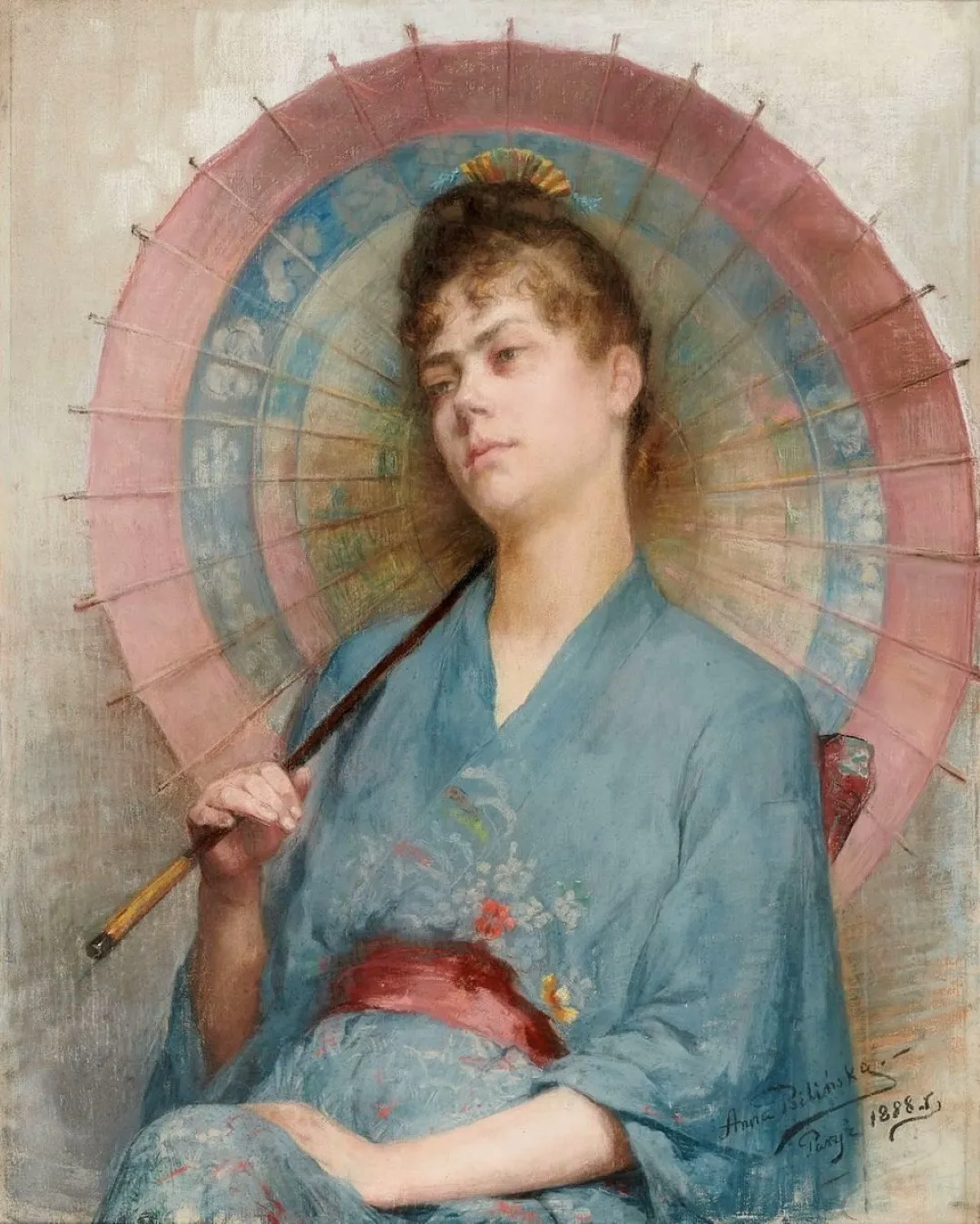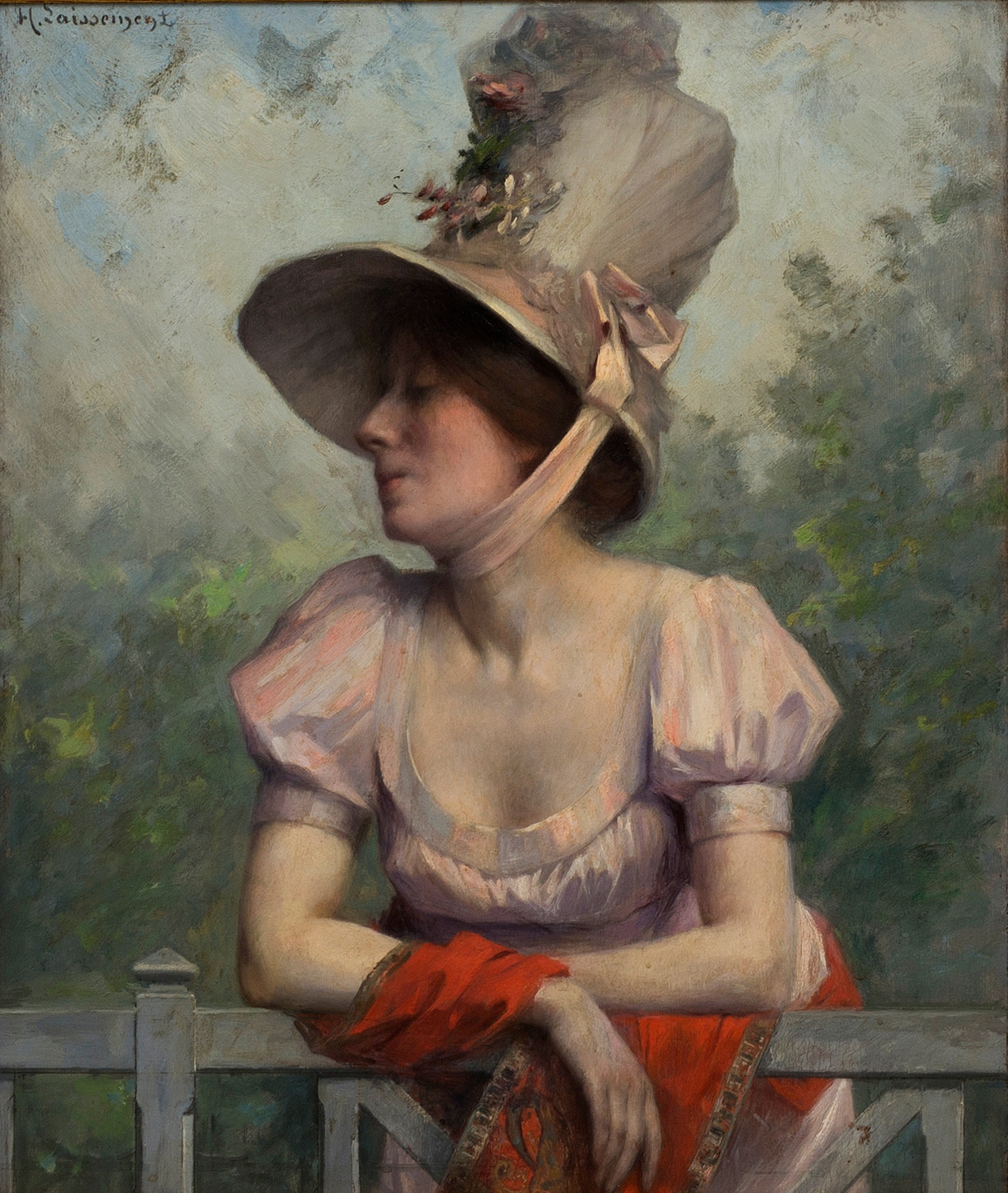Anna Bilińska, also known as Anna Bilińska-Bohdanowicz, (8 December 1854 - 18 April 1893) was a Polish painter, known for her portraits. A representative of realism, she spent much of her artistic life in Paris.
Life
She was born in Zlatopol (formerly a frontier town of the Russian Empire, today a part of Novomyrhorod) as Anna Bilińska, and spent her childhood there with her father who was a Polish physician. Of her background, she joked that she "ha[d] a Cossack's temperament but a Polish heart" (Polish: ma temperament kozaczy, ale serce polskie).
The family then moved to Central Russia, where Anna’s first art teachers were Ignacy Jasiński and Michał Elwiro Andriolli, both deported by the Tsarist government to Vyatka for their part in the January Uprising of 1863–1864. Later she studied music and art in Warsaw, where in 1877 she became a student of the painter Wojciech Gerson.













.jpg)
.jpg)

